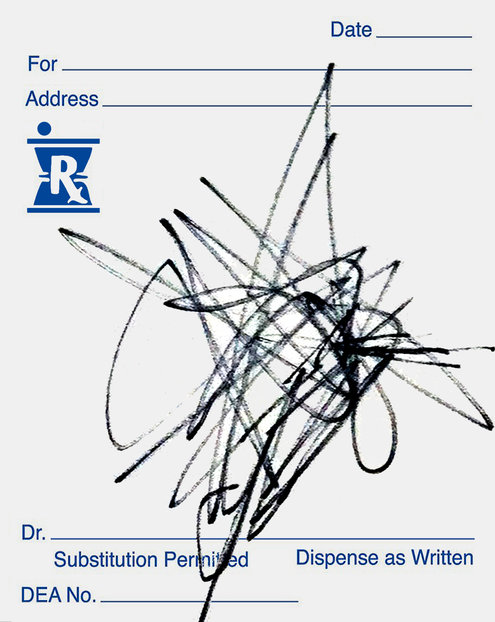- Feb 24, 2001
- 17,085
- 3,555
- 113
- School/Org
- University of Michigan Medical School
- City
- Lake Oswego
- State
- OR
Episode 37: When Equal is Not Equal: Issues with Prescribing Generic Drugs
(aka -- "what you don't know about generics and were afraid to ask")
with Drs. Mel Friedman and Agustin Gonzalez
We're taught in school that generic drugs are identical to their brand-name equivalents.
But is that true? Are generics actually identical, or do differences in their composition and production processes lead to different clinical outcomes?
In this important ODwire.org Radio show, experienced clinicians Drs. Mel Friedman and Agustin Gonzalez talk about their research into this issue, and what you as a clinician should know when you write for generics vs. branded pharmaceuticals.
If you engage in patient care (or regularly take pharmaceuticals yourself), this is one episode you won't want to miss!
(aka -- "what you don't know about generics and were afraid to ask")
with Drs. Mel Friedman and Agustin Gonzalez
Loading the player ...
We're taught in school that generic drugs are identical to their brand-name equivalents.
But is that true? Are generics actually identical, or do differences in their composition and production processes lead to different clinical outcomes?
In this important ODwire.org Radio show, experienced clinicians Drs. Mel Friedman and Agustin Gonzalez talk about their research into this issue, and what you as a clinician should know when you write for generics vs. branded pharmaceuticals.
If you engage in patient care (or regularly take pharmaceuticals yourself), this is one episode you won't want to miss!





